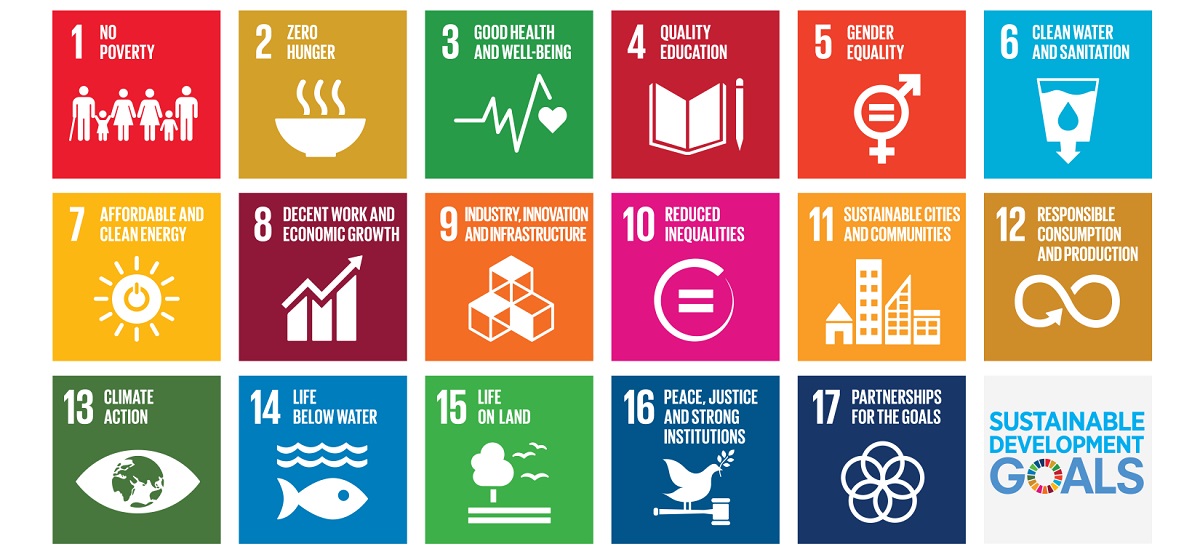The UN 2015 Report Transforming Our World defines a set of Sustainable Development Goals (SDGs) to guide world development until 2030. The 17 SDGs are universal by definition. Private sector, public and civil society organisations worldwide refer to the SDGs. At ddrn.dk, the SDGs will serve as a basic classification when covering contributions of knowledge for sustainable development.
In Denmark, a range of civil society organisations contributed to the report What Will Denmark Look Like in 2030? – Civil Society Reviews Denmark’s Efforts to Implement the Sustainable Development Goals published by ActionAid Denmark in July 2017. The Danish government published its Report for the Voluntary National Review. Denmark’s implementation of the 2030 Agenda for Sustainable Development in June 2017.
Though the SDGs may command significant branding value, controversy about their approach to sustainable development, the 17 definitions, policy implications and much more engage academics and practitioners alike. DDRN will strive to present main points in these debates. As an example, Erling Holden, Kristin Linnerud and David Banister recently published a paper entitled The Imperatives of Sustainable Development, the abstract reads:
‘The United Nations sustainable development goals are under fire. By attempting to cover all that is good and desirable in society, these targets have ended up as vague, weak, or meaningless. We suggest a model for sustainable development based on three moral imperatives: satisfying human needs, ensuring social equity, and respecting environmental limits. The model reflects Our Common Future’s central message, moral imperatives laid out in philosophical texts on needs and equity, and recent scientific insights on environmental limits. The model is in conflict with the popular three-pillar model of sustainable development, which seeks to balance social, environmental, and economic targets. Rather, we argue that sustainable development constitutes a set of constraints on human behaviour, including constraints on economic activity. By identifying indicators, and thresholds, we illustrate that different regions or groups of countries face different challenges.’
Holden, Erling, Kristin Linnerud, and David Banister. 2016. “The Imperatives of Sustainable Development.” Sustainable Development 25 (3). Wiley Online Library: 213–26. doi:10.1002/sd.1647.
Unfortunately, to read the full article, you will have to pay a fee to the publisher John Wiley & Sons, unless you have access to a library subscribing to the journal. In that regard, you are better off with this paper on the need for innovation:
Walz, Rainer, Matthias Pfaff, Frank Marscheider-Weidemann, and Simon Glöser-Chahoud. 2017. “Innovations for Reaching the Green Sustainable Development Goals –Where Will They Come From?” International Economics and Economic Policy 14 (3): 449–80. doi:10.1007/s10368-017-0386-2.
It has Open Access and can be downloaded in full free of charge at: https://link.springer.com/article/10.1007/s10368-017-0386-2
DDRN plans to report on the need for Open Access in the South to scientific papers and other knowledge resources.





